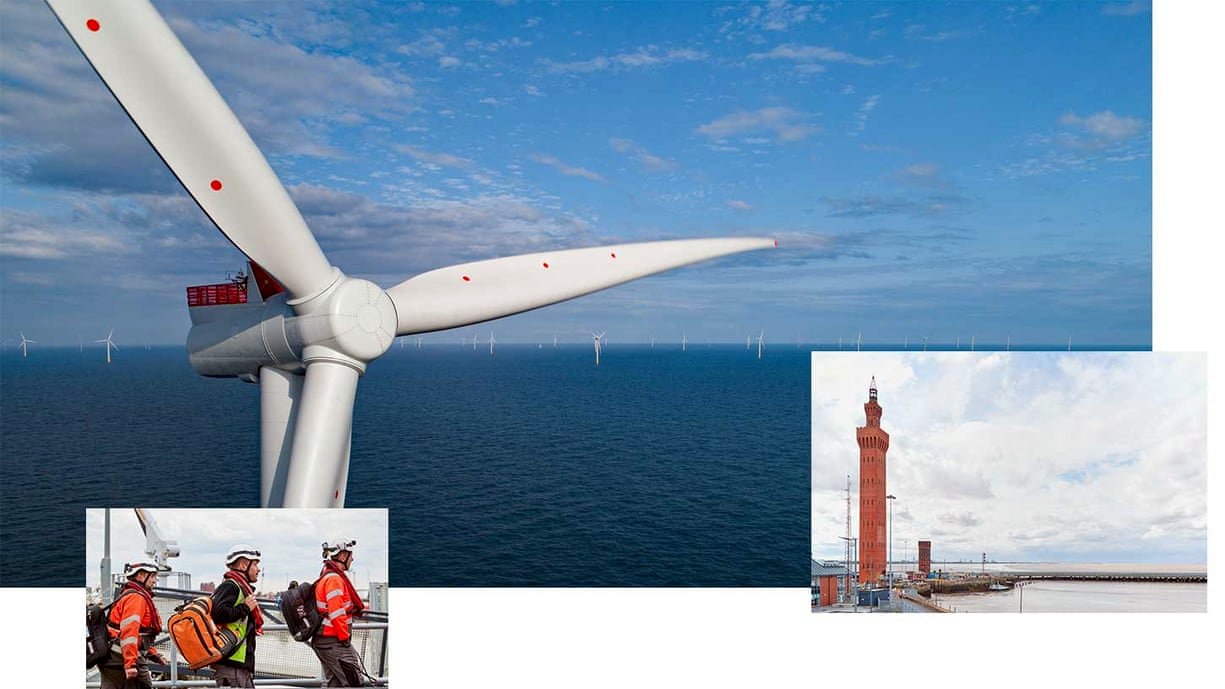 If governments and companies collaborate better, global net-zero targets could be within reach
If governments and companies collaborate better, global net-zero targets could be within reach
The coronavirus pandemic that plunged the global economy into its worst recession in decades is compelling governments to plan for a long-term green recovery.
A good place to start? Investing in green energy to create clean-energy jobs and rejuvenate local communities .
“This is a live stress test,” says Nick Robins, professor in practice for sustainable finance at LSE’s Grantham Research Institute. People have [already] committed to net-zero emissions. We need to make the transition anyway. So, how do we think through the consequences of getting to a clean economy now?”
A green – and economically viable – path
Fossil fuels currently represent more than 80% of primary energy demand and cause roughly 75% of global carbon emissions. The journey to global net zero emissions in 2050 is technically and economically feasible, says Laëtitia de Villepin, head of thought leadership at the Energy Transitions Commission, but requires concerted effort by the public and private sectors.
That includes shifts in public policy, a capital infusion into the research and development of emerging green technologies and a commitment to use clean energy more efficiently. “For a long time, the reality of higher returns from oil and gas versus new energies was holding companies and investors back from renewables,” says de Villepin. The pandemic curbed demand for oil, coal and gas as lockdowns and social distancing took their toll on manufacturing and travel.
Meanwhile, demand for renewables was growing prior to the pandemic and has held steady. Advancements in green technology have rapidly brought down the costs associated with wind and solar, making them highly competitive with fossil fuels. According to the Bloomberg New Energy Outlook 2020, costs of offshore wind energy have declined by 62% in Northwestern Europe since late 2015.
“So, we can speak their language – the language of money – and make the arguments for green energy, which is a complete change,” says de Villepin. “We’re not crazy hippies anymore.”
Winds of change: one town’s transformation
The story of Grimsby illustrates how offshore wind can pave the way for economic resilience. It used to be that people flocked to the northern English town to work in the fishing industry. Once the industry began its long decline in the mid-1980s, local jobs dried up, along with many other aspects of life in the coastal town. But these days, the old fishing port is gaining a reputation for a different kind of business altogether: renewable energy.
The tide began to turn for Grimsby a few years ago when global energy companies like Siemens and Denmark-headquartered Ørsted began investing heavily in the area. Offshore windfarm development has translated into around 2.5 gigawatts of clean, sustainable energy from Ørsted on the UK’s East coast alone – enough to power over 2 million homes across the country – and local employment and educational opportunities.
Grimsby’s successful transformation is an example of how collaboration between the UK government, corporations and local authorities is paying off for communities in more ways than one. Since setting up shop in Grimsby in 2013, Ørsted has created more than 400 jobs and invested $18.5m into new infrastructure and facilities in and around the town. An estimated 83% of employees live within an hour’s distance from the site, and residents are once again seeing a future working on the docks. Except now, instead of heading out to sea in trawlers and selling the day’s catch, they’ll be heading to the dockside operational center of Ørsted’s Hornsea One, the world’s largest offshore windfarm in operation.
“There’s a huge sense of opportunity that accompanies a green and just recovery,” Robins says. “We can target these investments in particular regions. We can build up skills, ensure that the people have a really attractive route into these new growing sectors.”
At global level, the transition towards renewables could drive innovation and help create tens of millions of new jobs. In turn, living standards for communities could rise owing to reduced air pollution and better health – as well as lead to lower household energy bills.
Collaboration for a brighter future
If what happened in Grimsby is replicated in towns and cities across the UK and elsewhere, it can aid a green recovery on a global scale. So, what’s holding some companies back from adopting more ambitious decarbonization strategies?
It’s not so much skepticism anymore or waiting for advancements in technology, surmises de Villepin, who points out that investments in power storage and green hydrogen will still be critical to accelerating an inclusive green economy.
Nor is the barrier capital, says Robins. “Rather, it’s making sure the government policy is aligned and pulling together these sorts of system transformation pieces,” he says. “You need governments to provide the incentives, to provide upfront capital, but you also need to have investors who are going to be entrepreneurial and get ahead of the curve. You need that system of pressure. It’s getting all those elements working well together. Without one, it wouldn’t happen.”
That calls for stable public policy to maintain investor confidence and foster the growth of renewable energy supply chains. Clear procedures for rules and permitting and contract models that ensure government shares in the risk with other stakeholders are also required.
“It’s only recently, really, that we’ve realized that not only do we need a 100% sustainable economy, but that it’s possible,” says Robins. “It’s that shift in your mindset from thinking of these things as alternatives on the edge to actually being the core of a new economy.”
Source: The Guardian
